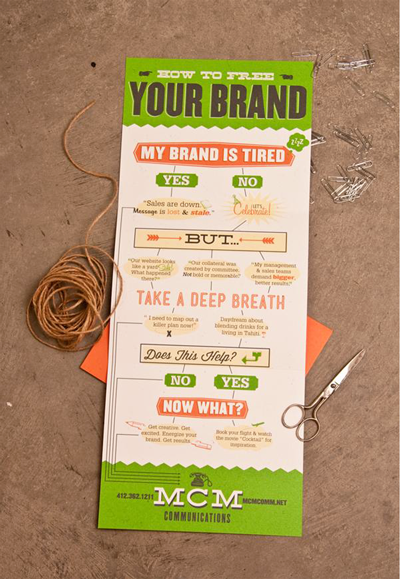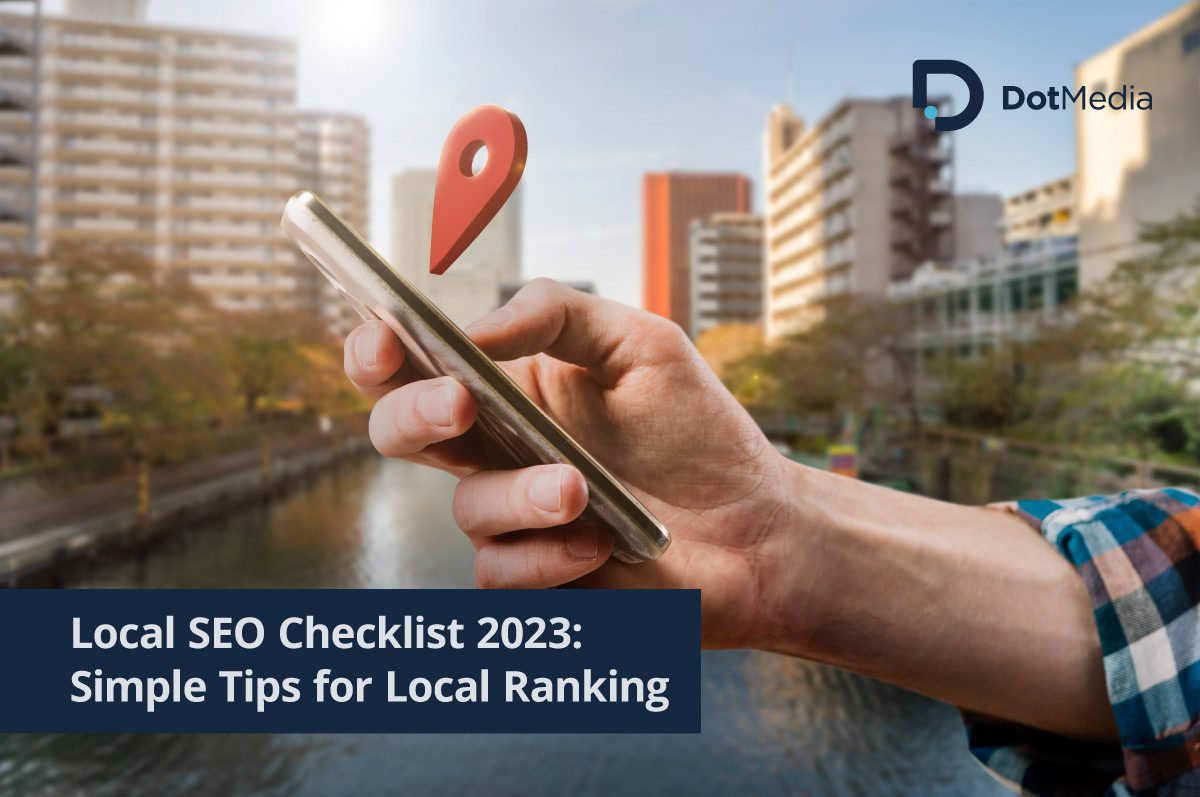
Image via David Mello
Happy Mediums: Digital Design vs. Print Design in Your Marketing Strategy
From the conception of the internet, brand interaction has changed and evolved. A dialogue has been running for almost as long—between the pixel-savvy doomsday criers and the purist would-be hipsters convinced that analog is the new digital. Back and forth: Is paper dead? Resurrected? Was it ever in trouble at all? We wanted to delve a little into the digital vs. print debate, and talk about why we’re having all the wrong discussions. Because in the end, it all comes down to your company, your product, and your audience.
So back to our downer digital crowd.
They make some valid points. There are some very clear advantages to going digital in your marketing and advertising scheme. It’s almost always cheaper, it is becoming ever more easy (thanks to complex, almost creepy algorithms and monitoring) to get your message in front of a narrowly defined audience, and it has a built-in system for measuring the success of a particular campaign. People are constantly glued to their screens—and this trend continues to grow. In today’s age, if you’re not utilising the online ecosystem, you’re just plain doing it wrong.
That being said, every company has a unique set of needs, level of capacity, and culture. Even in the digital world there is no one-size-fits-all approach—so there seems to be no reason to discredit any one platform for outreach.
Maybe your company thrives on creating relationships with other industry professionals, and your in-person interactions are better supplemented with tangible pieces of messaging. If your staff doesn’t have the resources to focus on a robust social media presence and your print ads are doing well, why completely change course? If you have a designer on staff that has a great talent for print, why not take advantage of that talent?
The fact is that while we are living in a digital age, there is plenty of room for both mediums. It’s just a matter of how to balance the two in a mutually beneficial manner.
Taking a Look at Your Brand
We briefly mentioned brand culture. Just as digital design has advantages over print design in many ways, paper has a tangible quality that will never be matched by a screen (no matter how advanced the technology becomes). There is a very good reason there are thousands of custom printers in operation. Design blogs are riddled with printed materials in different textured papers, die-cut and foil-stamped. Texture not only looks great, it feels luxurious. It gives a brand more depth, and makes your materials stand out. And honestly, the “hipsters” are right to some extent—with digital advertising becoming the norm, going back to the basics will begin to set you apart.
With so much competition, it becomes increasingly important to have your brand make a bold statement. Print uniquely constrains design in a way that can push the boundaries of creativity, particularly in a digital world focused on interactivity… which brings us to our last point:
You Need to Push the Envelope of User Experience
At the end of the day, whether you decide to go with digital design or print design (or rather, how much focus each gets) depends on your audience. You want to meet them where they are, and marry your online strategy to print in a way that creates a fresh experience for them. If you look at the image below, you’ll see one component of a promotional mailer for a creative agency that pushes the envelope in a rather literal way. Who wouldn’t love getting a surprise box of goodies that are not only beautifully branded, but highly relevant to the needs of the audience they are reaching?

Needless to say, if you sent the same potential client an email with the same material in PDF form, you just wouldn’t get the same experience. There’s a sense of discovery and exploration born from holding a piece of paper.
Similarly, the birthday card that folds into a shot glass may not be a piece of marketing, but the concept of turning the user into a creator makes the paper interactive in a very different way. Not to say that digital can’t be interactive (that’s kind of the point, right?), but it just goes to show that pixels have something to learn from paper—and vice-versa.

So which medium should you use in your own marketing strategy? It depends on the kind of experience you want to give your audience. Most likely, it will be some mix of the two—but which ever you decide on, just make sure you do it well.




